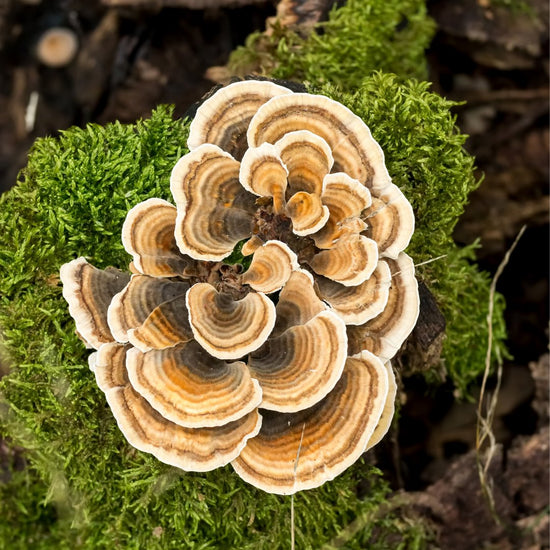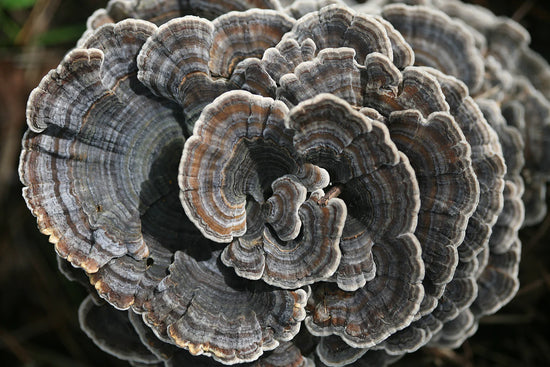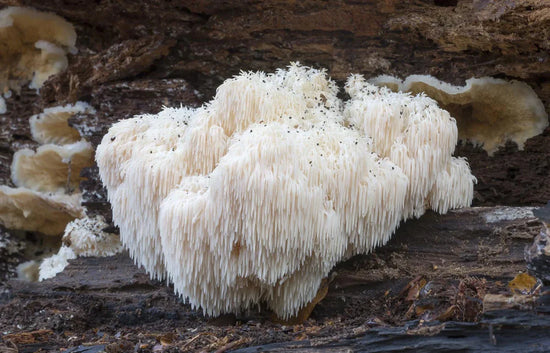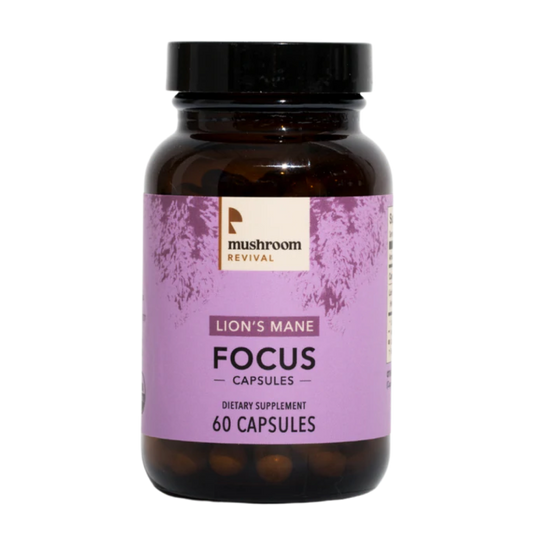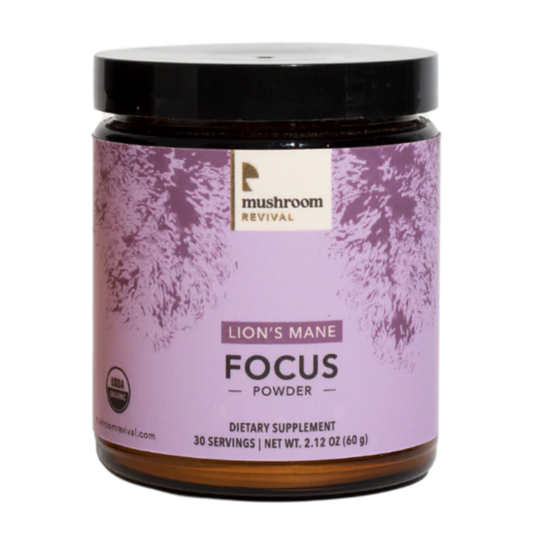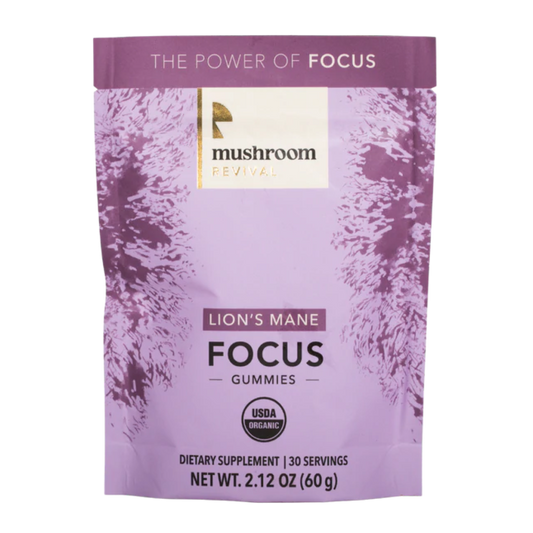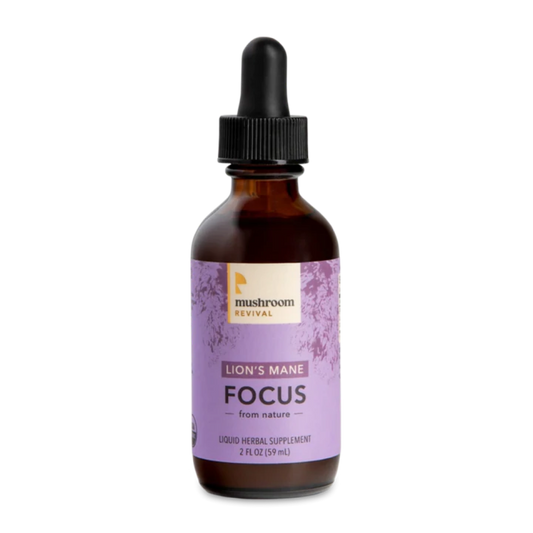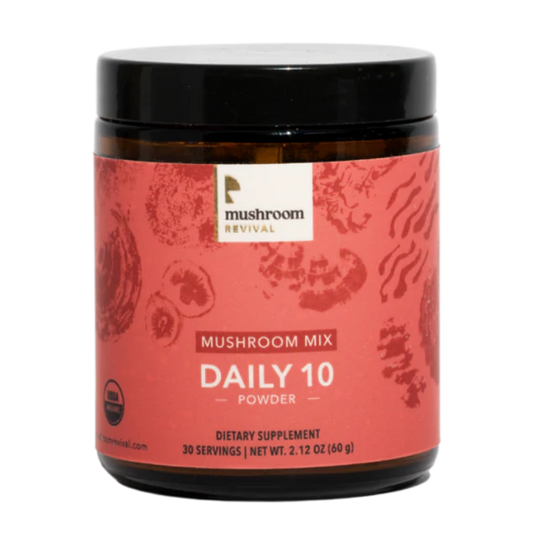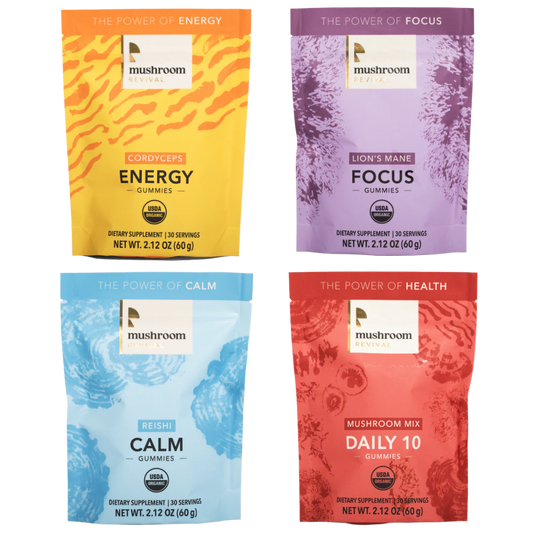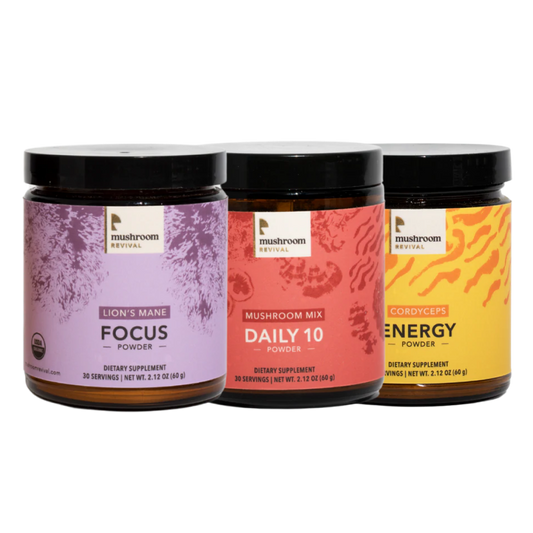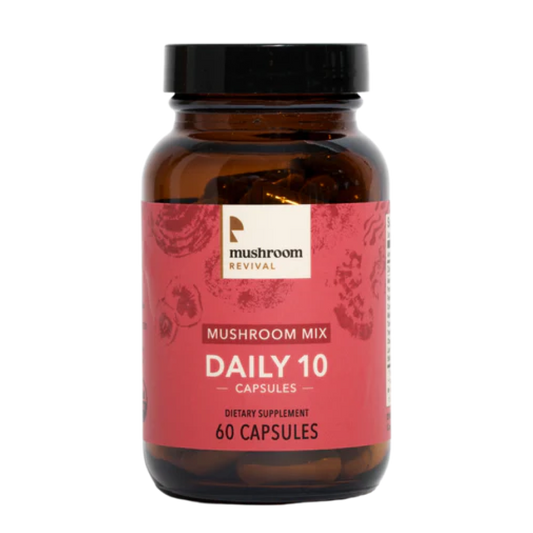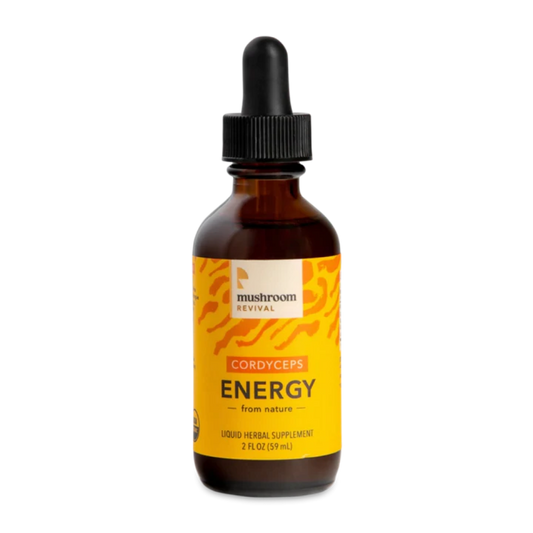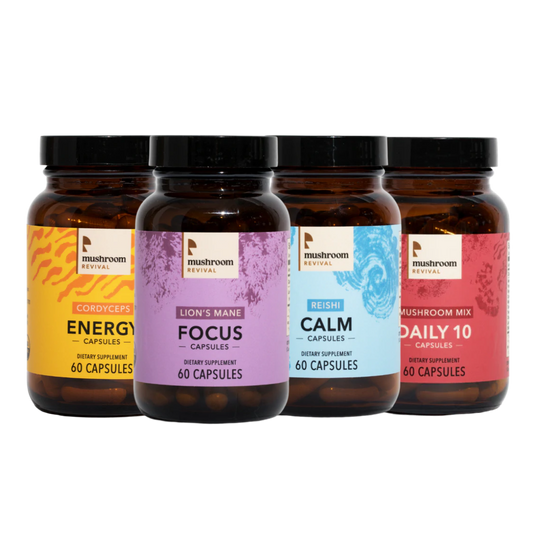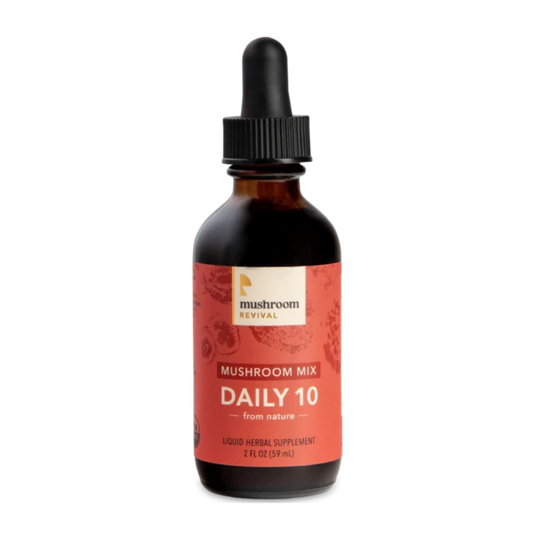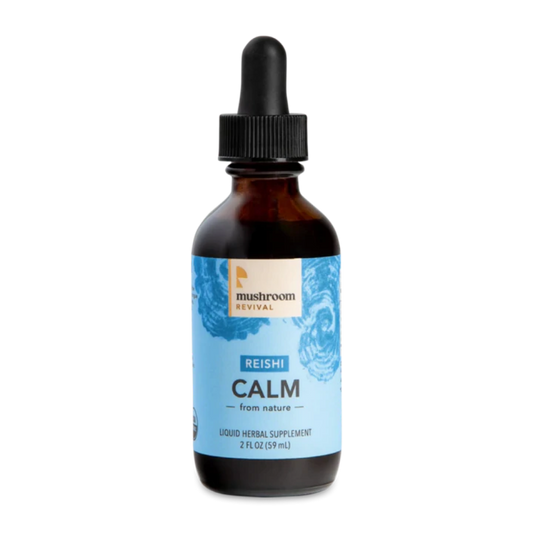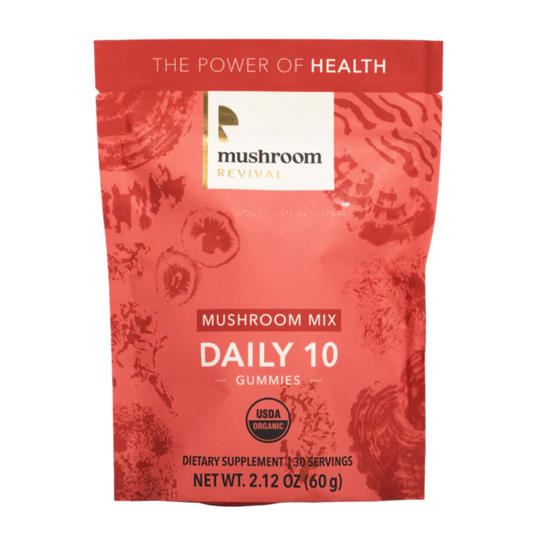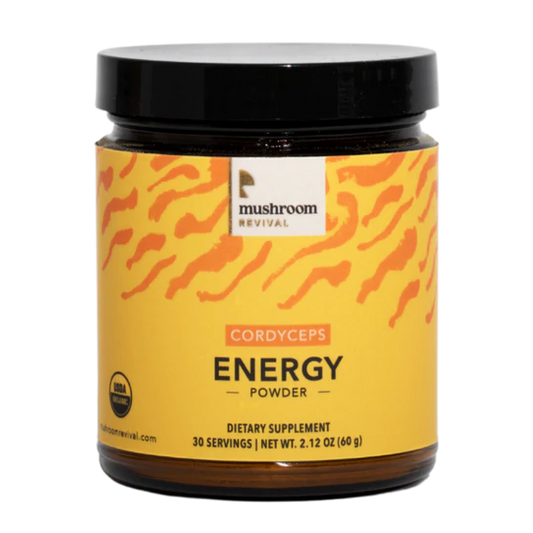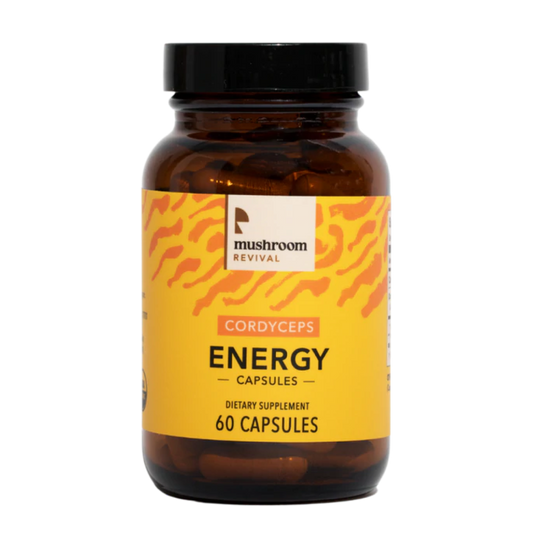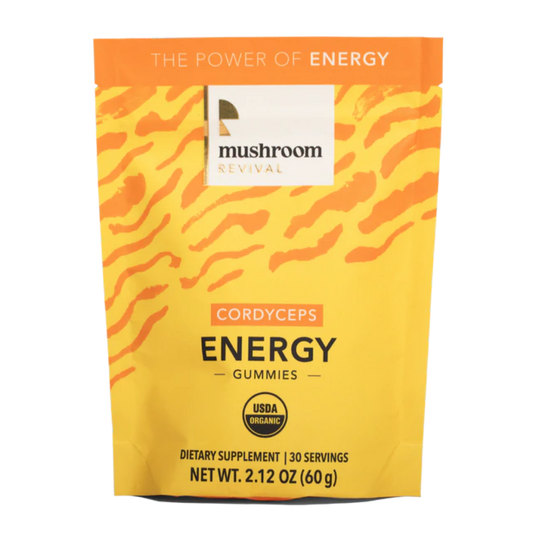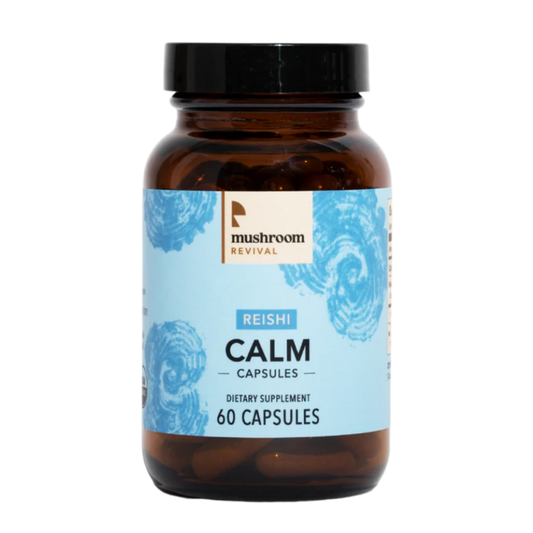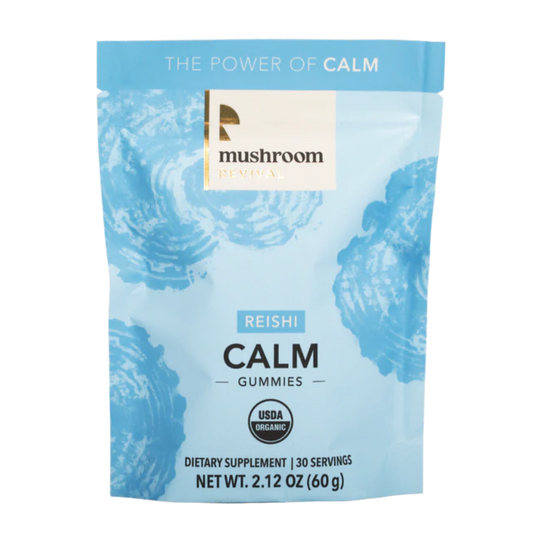Mushroom Anatomy: Everything You Need To Know
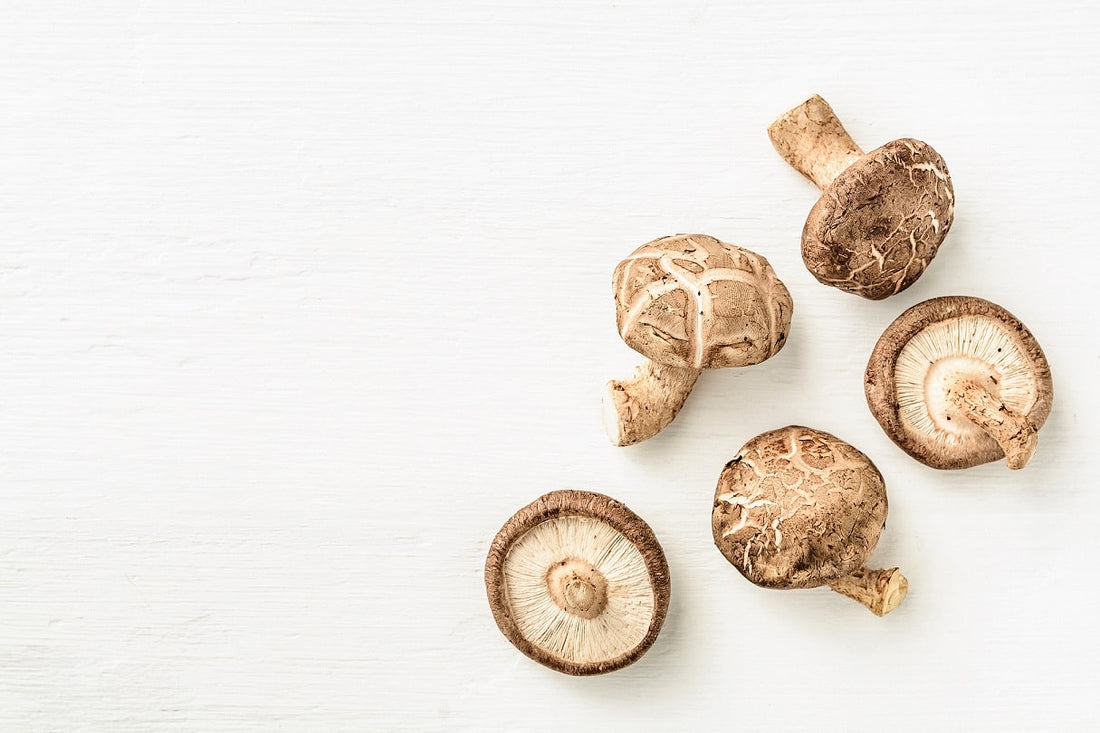
Mushrooms are found in many different shapes and sizes. In this post, you'll learn everything there is to know about mushroom anatomy.
Mushrooms are incredibly nutritious fruiting bodies of fungi that can have health benefits beyond the nutrients they provide for our bodies. Mushrooms come in many shapes and sizes and can be found on forest floors in many regions worldwide.
Some mushrooms share the same anatomical traits. This guide will describe the general structure and anatomy of mushrooms and provide information on edible mushrooms and their most tasty features. Come on a mushroom journey with us now!
Overview Of Fungi
Most people already know what a mushroom is and what mushrooms generally look like. When we picture a mushroom, we usually conjure up an image of a stalk and cap. However, mushroom anatomy actually has many different characteristics, and there is much more beneath the surface.
The most remarkable feature of mushroom anatomy isn't what we see above the ground—the real intrigue lies beneath the soil's surface, in the mycelium.
Mushrooms reproduce via tiny spores that become airborne and spread across the forest floor to create new mushrooms in the network. Some mushrooms can develop a stalk and a cap as it matures.
Not all mushrooms are edible—some are incredibly poisonous. The mushrooms we buy at grocery stores and can eat are called edible mushrooms and the ones that may provide our bodies with extensive health support are called functional mushrooms.
Below are the main characteristics and anatomical structures of mushrooms.
The Fruiting Body
The mushroom’s fruiting body is every part of the mushroom. From the parts, we use when making garlic mushrooms, mushroom linguine, or any other mushroom recipe to the parts of mushroom anatomy responsible for reproduction. It produces spores that help the mushroom network to spread, grow, and thrive.
The anatomy of every mushroom is different. Some mushrooms have gills, some have pores, others have teeth, some have a ring, and others a volva. These are a few components of the mushroom fruiting body:
Cap
The mushroom cap is the most visible part of the mushroom. It is usually a curved shape, similar to a hat, and sits on top of the mushroom's stalk.
The cap is also known as the pileus of the mushroom and it houses the parts of the mushroom that produce spores. Many mushrooms have small caps, and others have bright and colorful caps.
As a mushroom matures, the cap's size, shape, and texture may change—in most cases, the older the mushroom gets, the more the cap expands.
The cap is an umbrella and protects the spore-producing surface underneath it. If the spore-producing surface becomes sodden, this will make the spores heavier, and they will not be able to travel through the air in the mushroom reproductive cycle.
Some mushrooms don't have caps, like Puffballs, Lion's mane, or Cordyceps. Some have a ton of tiny caps in a cluster like a Maitake, and some mushrooms like Tremella make structures that look like a sea sponge.
Some fungi don't even produce mushrooms and instead create dense structures like Truffles, Poria Cocos, or most of the life cycle of the Chaga.
Gills And Pores
The mushroom gills and pores are far less visible than the stem or cap since they are on the underside, which is why most people aren't aware of their existence.
When you look underneath a mushroom cap, you might see some gill-like structures, which are pleasant and satisfying to the touch. The mushroom gills are responsible for helping the mushroom to produce spores and disperse them into the air during the reproductive process.
Not all mushrooms are gilled mushrooms. Some have a different structure underneath the mushroom cap, and some have pores instead. Pores underneath a mushroom cap look like tiny little holes and have a similar texture to a sponge's surface.
Teeth
If a mushroom does not have gills or pores, it will likely have teeth. The lion's mane mushroom is an excellent example of a mushroom with teeth. The teeth are small, soft, tooth-like structures. Another great example would be a Hedgehog mushroom with teeth under its cap. Many mushrooms have teeth, and they perform an identical function to gilled mushroom structures which are to spread spores.
Spores
The spores of mushrooms play an essential role in the mushroom life cycle. Spores are similar to a plant's seeds. Some mushrooms transfer these seeds through the air in the reproductive cycle. Other mushrooms transfer them through water or rely on animals to eat the mushrooms and poop out the spores which will grow mushrooms out of the dung. Other mushrooms rely on insects to transfer them.
You will likely never see mushroom spores, as they are so tiny that they are only visible under a microscope unless you catch these in large amounts, which can look like dust or powder. These microscopic spores help to identify mushrooms and contain all of the genetic material necessary to create a new mushroom. If you see spores in large amounts, you can look at the color of the dust to help identify certain mushrooms.
When a mushroom is in the final stages of its reproductive cycle, it will release spores and disperse them through the air, or via animals and insects. When they germinate, the spores typically need a warm, damp, and shaded area to thrive, but all fungi are different. Some fungi have even learned to thrive in icy snowy Antarctica, the harsh radioactive environments of Chernobyl, or even under the ocean.
Ring
Not all mushroom stems have a ring. The ring is located around the stem's base, and it fans out like a skirt. The ring is a partial veil that surrounds and protects the gills while the mushroom is growing. As the mushroom cap expands and grows, it outgrows the protective veil form, and the veil breaks, detaching to form a ring around the mushroom stem.
Some rings are fragile fibers, like cobwebs, and some are thicker. The ring's thickness, color, and shape can help people identify the mushroom.
Volva
Some growing mushrooms come out of the ground and are protected by a volva surrounding all parts of the mushroom anatomy as they grow upwards. Not all mushrooms have a volva but are a key identification feature if a mushroom has one at the base of the stalk.
As the mushroom life cycle progresses, the volva stays at the base of the stalk while the rest of the mushroom fruit bodies grow upwards. You can identify the mushroom volva by looking for a cup-like structure at the stem's base.

Mycelium
Few people—excluding those who study mycology—know that mushroom anatomy extends past the fruiting bodies. However, an intricate part of some mushrooms lies beneath the ground—the mycelium.
The mycelium grows under the surface of the soil, connecting multiple mushroom fruiting bodies in a network. The mycelium helps to feed the mushroom by transporting and absorbing nutrients from substrates like tree bark and plant roots.
More interestingly, the mycelium doesn't just support the growth and health of the mushroom network. It spans the forest ecosystem, supporting the development of other plants by feeding them nutrients.
It also communicates with the plants in the ecosystem, helping to reduce competitive growth and ensure that all of the surrounding plants are thriving.
Not all fungi produce mushrooms. Estimated 5,000,000 species of fungi. Out of those only 120,000 have been described. Out of those 120,000, only 14,000 produce mushrooms. It's estimated that over 95% of terrestrial plants have a mycorrhizal connection which is mycelium that connects with plant roots and forms a symbiotic relationship. Most of these mycelial networks don't actually produce mushrooms above ground and reproduce by other means.
It is important to understand that mushrooms and mycelium are two different things. Although they are both fungal, the mycelium is not part of the mushroom anatomy, it's part of the life cycle of some mushrooms.
What Parts Of The Mushroom Can Be Consumed?
The fruiting body provides the most nutritional value and is used most frequently in mushroom supplements. You can also incorporate the fruiting body of functional mushrooms into your favorite mushroom recipes.
Mushroom supplements containing the mushroom's mycelium are often diluted with filler since the mycelium grows on a substrate.
Mushroom growers often use rice or oats as a substrate, and these substances are tough to separate from the mycelium in supplement manufacturing. So, the manufacturer will likely dilute the product with mycelium extract, with fillers.
So, when it comes to consuming mushrooms or mushroom extracts, it's best to stick to the fruiting body of the mushroom anatomy.
Benefits Of Mushrooms For Health
Certain mushrooms provide health benefits as well as nutrients. The mushrooms that offer health benefits are known as functional mushrooms.
You can eat the most functional mushrooms and incorporate them into your favorite recipes—or you can take mushroom supplements. Mushroom supplements come as powders, gummies, tinctures, and capsules, so you can incorporate them into your daily rituals however you see fit!
Here are some of the main benefits of mushrooms for your overall health and well-being.
They Support Functions Associated With Immunity
Your immune system is responsible for fighting pathogens, viruses, and bacteria that threaten your vital systems. Providing your immune system with support can help you maintain good health.
Many functional mushroom species are beneficial in supporting functions associated with immunity. A functional mushroom supplement can act as a protective barrier against nasties.
The nutrients and compounds that are found in functional mushrooms might be beneficial for supporting your body's natural defenses. If you often get sick during the winter, you might like to add a mushroom supplement to your routine to receive fantastic support for your immune system.
Their Potassium Content Might Support Already Healthy Blood Pressure Levels
Maintaining healthy blood pressure is essential for overall health and well-being. If you suffer from occasional stress, your blood pressure can become dysregulated and increase.
Many disorders can cause your blood pressure to increase. Your body naturally regulates your blood pressure to ensure all your muscles and organs have access to oxygenated blood.
You can give your heart a helping hand in maintaining blood pressure in healthy ranges by adding a functional mushroom supplement to your daily regime. The high potassium content in functional mushrooms may help support a healthy cardiovascular system.
Mushrooms Might Be a Good Source Of Protein And Nutrition
Mushrooms are delicious in many recipes and may provide our bodies with valuable protein and nutrition.

Conclusion
Mushroom anatomy consists of the fruiting body—the mushroom spores, stem, cap, ring, and gills - and although they are mycelium and mushrooms are fungal, the mycelium is not part of the mushroom anatomy, it's only part of the life cycle of some mushrooms.
Many mushrooms including adaptogenic mushrooms, are safe to eat and provide vital nutrients and health benefits. At Mushroom Revival, we believe that mushrooms can influence our general health and well-being. If you're looking for a new supplement, you should consider the benefits that mushroom supplements give.
Mushroom powders, gummies, capsules, or tinctures might be the perfect addition to your daily routine. Check out our variety of 100% USDA-certified organic, vegan, and gluten-free products here!








